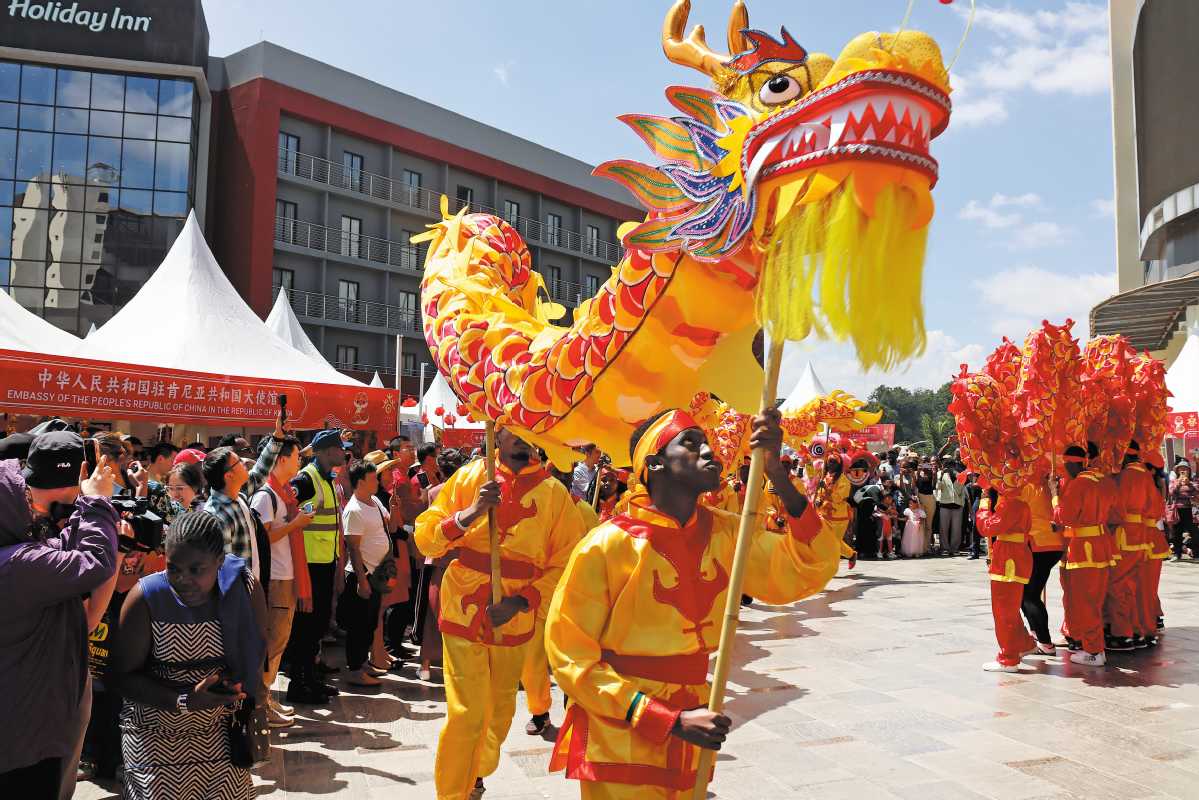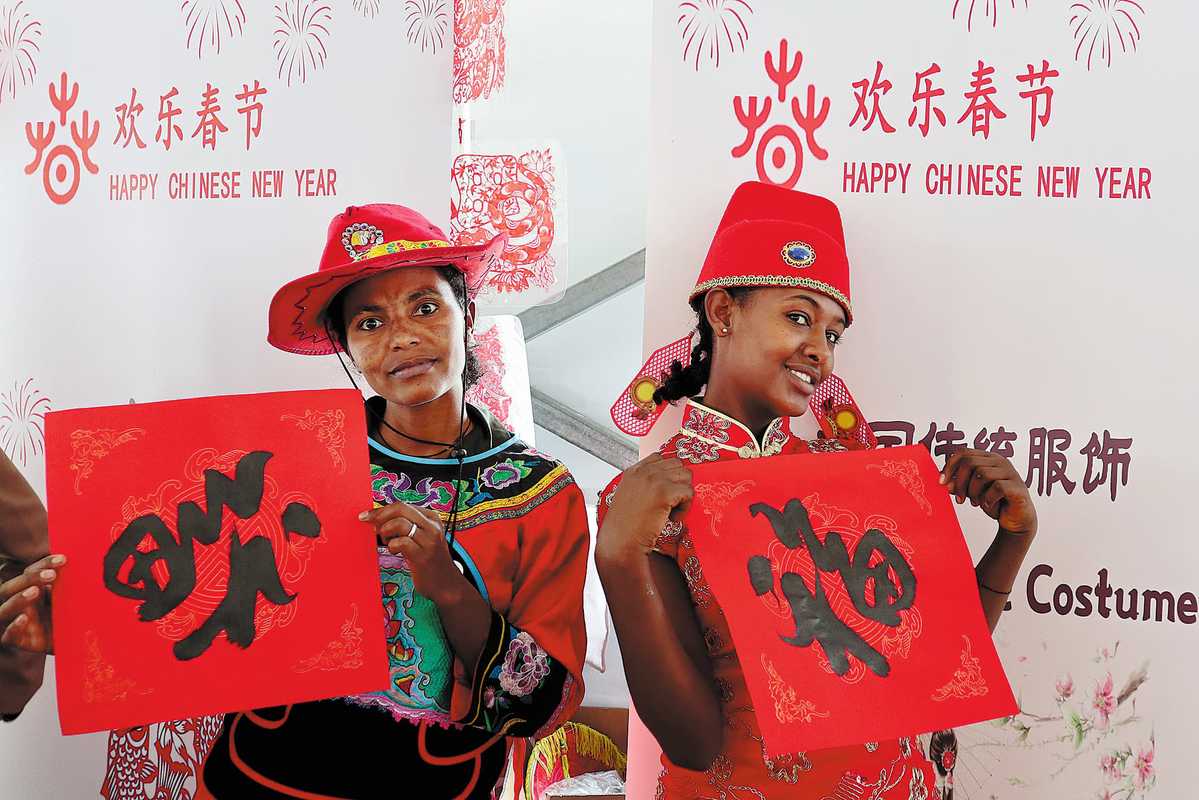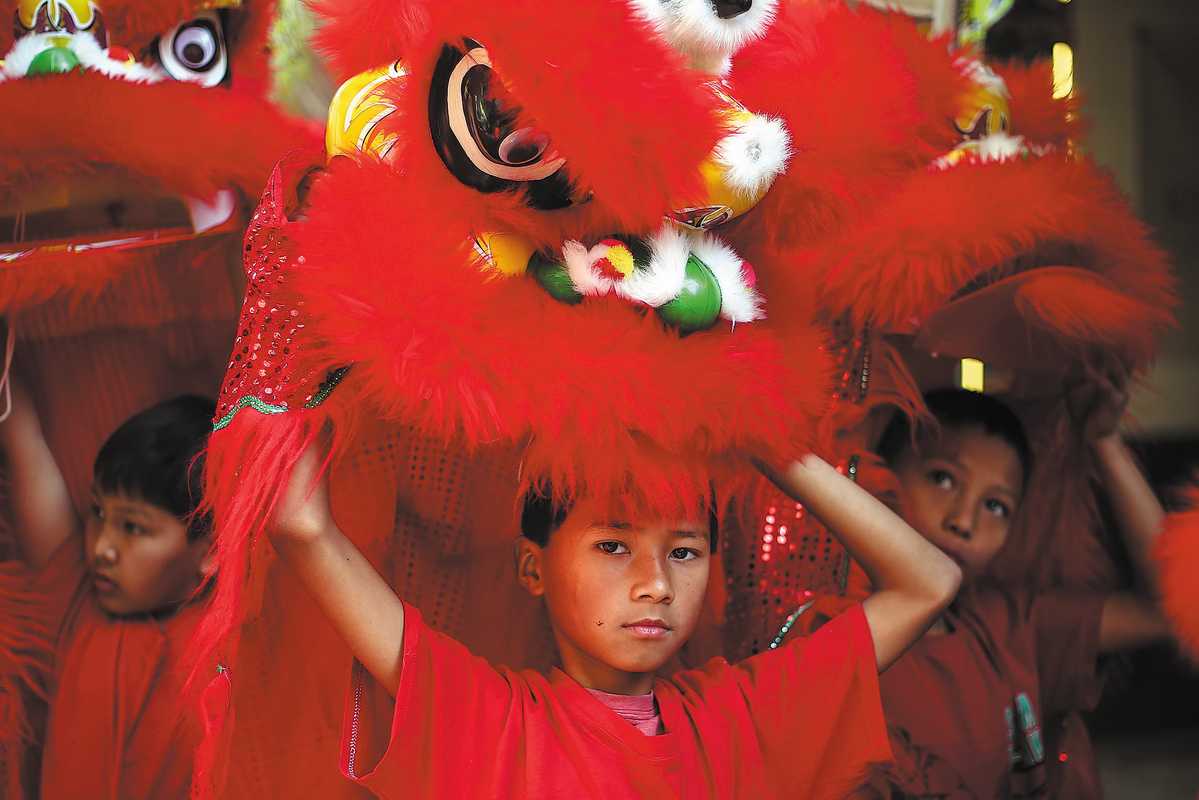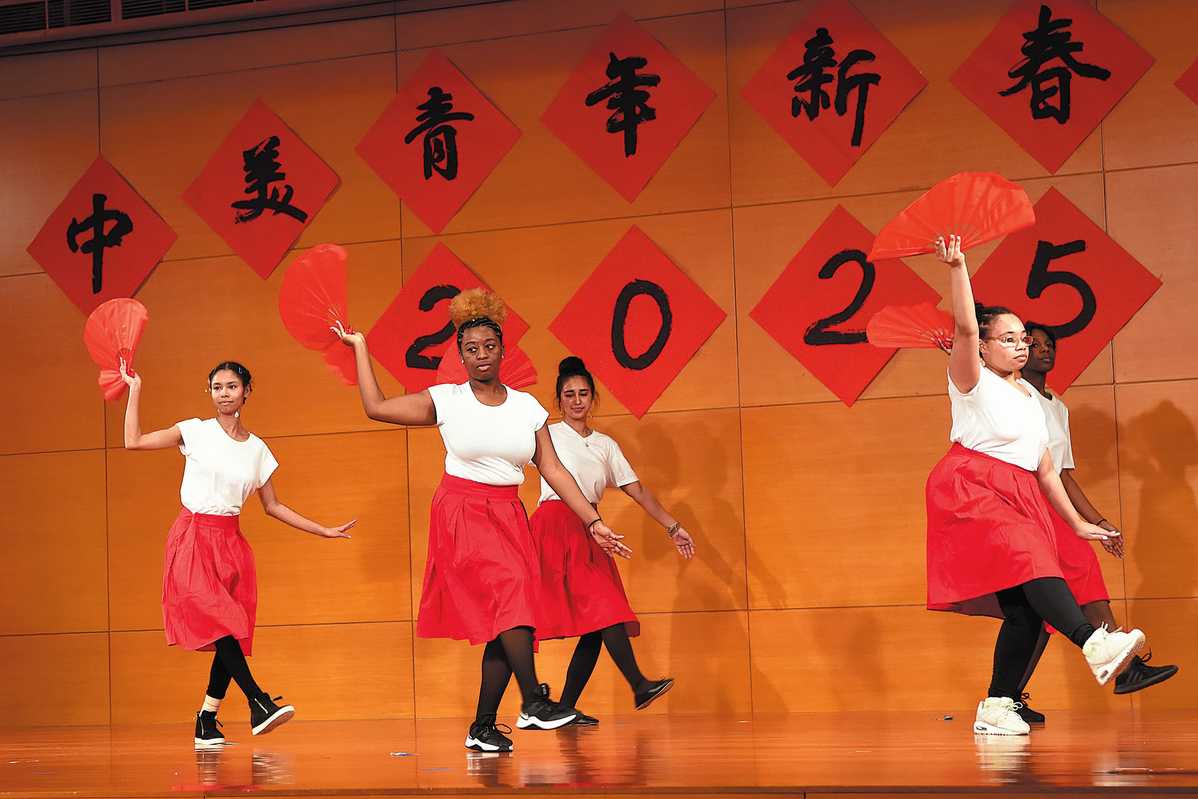
As Spring Festival approaches, much of the planet is decked in red — red scrolls, red lanterns and red decorations that symbolize good fortune.
The vibrant red displays and fireworks that are now ubiquitous trace their origins to an ancient Chinese tale. It is said that a fearsome creature called nian, meaning year, once terrorized villages, preying on people and livestock at the turn of the year. To drive nian away, people set off fireworks and decorated their homes in red, believing this would frighten the beast into retreat.
ALSO READ: Securing a spot to watch Guangzhou’s CNY fireworks extravaganza
Today that red blanket covers many parts of the globe, not only keeping ancient traditions alive but also reflecting the growing global influence of Spring Festival.

About a fifth of the world's people celebrate the festival in some form or other, and nearly 20 countries have designated the festival as a public holiday.
The coming Chinese New Year, the Year of the Snake, begins on Jan 29. Celebrations for the Spring Festival last for 15 days, ending with Lantern Festival on Feb 12, giving full play to family gatherings, feasts and various cultural activities.
READ MORE: HK panda twins set to debut on Feb 16, adding to CNY cheer
New beginnings
This year's festival has taken on extra significance, being the first since UNESCO added "Spring Festival, social practices of the Chinese people in celebration of the traditional New Year" to the Representative List of the Intangible Cultural Heritage of Humanity last month.

"The spring festival promotes family values, social cohesion and peace while providing a sense of identity and continuity for the Chinese people," UNESCO said.
READ MORE: Lanterns, fairs greet CNY celebrations in Hong Kong
"Spring Festival is not only China's most important traditional holiday but also a bridge that connects Chinese culture with the world," said Fu Cong, China's permanent representative to the United Nations in a recent Spring Festival celebration held at UN headquarters in New York.

"From becoming a UN holiday to being inscribed on UNESCO's heritage list, Spring Festival showcases its timeless cultural brilliance while building new bridges for intercultural understanding."
Reflecting on the significance of the Year of the Snake, Fu cited the snake's ability to shed its skin and humanity's resilience in times of crisis.
"In nature the snake symbolizes the wisdom and strength to renew itself amid adversity. This is precisely the quality we need as we face today's challenges."

China is highly committed to multilateralism in handling global issues, Fu said, and over the past year it has practiced true multilateralism, defended the authority of the UN and advanced initiatives that reflect China's wisdom and the way it tackles problems.
"We must embrace the spirit of the snake, shedding old challenges to emerge stronger and more united."

Melissa Fleming, UN under-secretary-general for global communications, said the snake represents "wisdom, intelligence and resilience", qualities she said the world could use over the coming year.
The UN has a vision of a better tomorrow, where "everyone can live in peace, in dignity and in equality on a healthy planet", she said.

Li Junhua, UN under-secretary-general for economic and social affairs, called for unity as the world prepares to celebrate the 80th anniversary of the UN's founding, in June.
"All member states must work together to make 2025 a year not of division but of unity."
Xinhua contributed to this story


